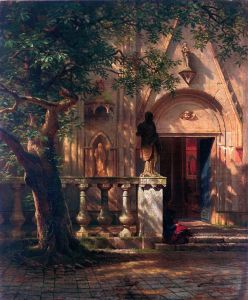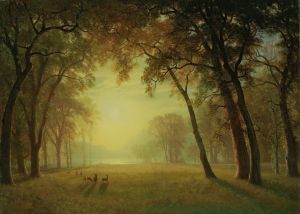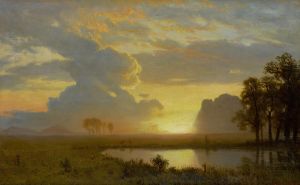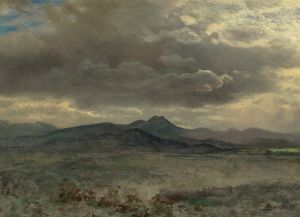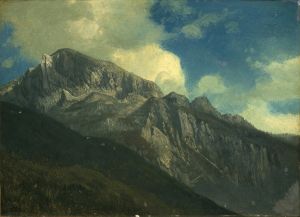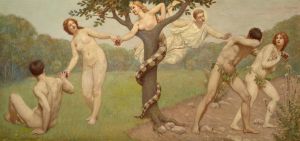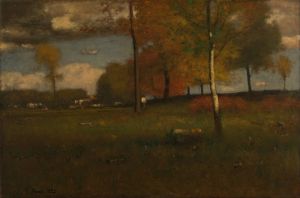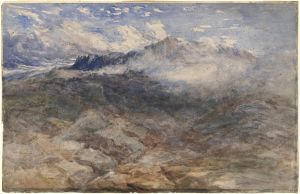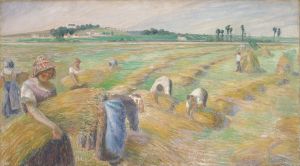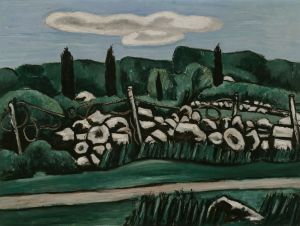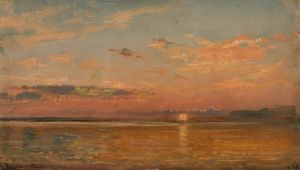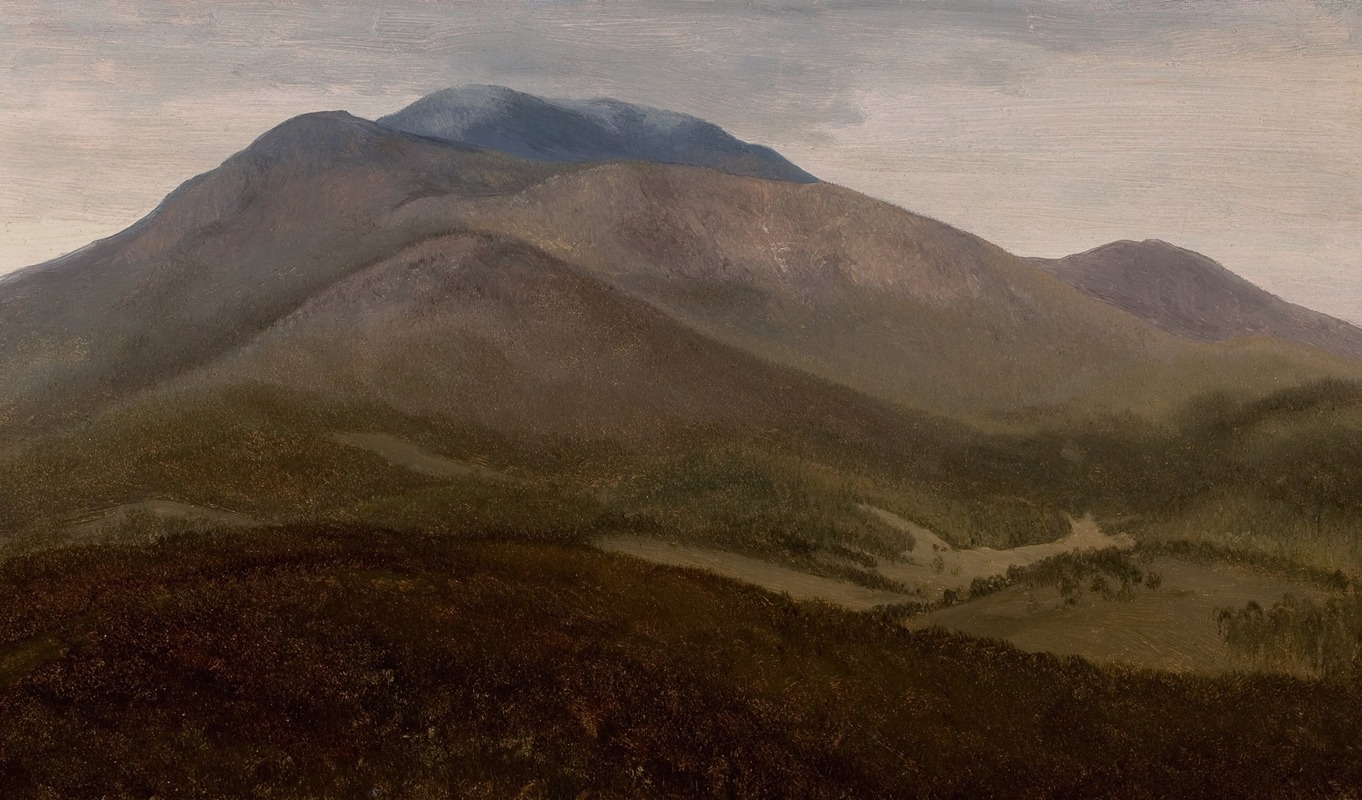
White Mountains, New Hampshire
A hand-painted replica of Albert Bierstadt’s masterpiece White Mountains, New Hampshire, meticulously crafted by professional artists to capture the true essence of the original. Each piece is created with museum-quality canvas and rare mineral pigments, carefully painted by experienced artists with delicate brushstrokes and rich, layered colors to perfectly recreate the texture of the original artwork. Unlike machine-printed reproductions, this hand-painted version brings the painting to life, infused with the artist’s emotions and skill in every stroke. Whether for personal collection or home decoration, it instantly elevates the artistic atmosphere of any space.
Albert Bierstadt's painting "White Mountains, New Hampshire" is a notable work by the German-American artist, renowned for his grandiose landscapes of the American West. However, this particular painting diverges from his typical subject matter, focusing instead on the serene and picturesque scenery of the White Mountains in New Hampshire, a region that attracted numerous artists in the 19th century due to its natural beauty.
Bierstadt was born in Solingen, Germany, in 1830 and emigrated to the United States with his family in 1832. He became a leading figure in the Hudson River School, a mid-19th century American art movement embodied by a group of landscape painters whose aesthetic vision was influenced by romanticism. Although Bierstadt is most famously associated with the American West, he also painted scenes from other parts of the United States, including the Northeast.
The White Mountains, located in the northern part of New Hampshire, were a popular destination for artists and tourists alike during the 19th century. The region's dramatic landscapes, characterized by rugged mountains, dense forests, and clear rivers, provided a rich source of inspiration for artists seeking to capture the sublime beauty of the American wilderness. Bierstadt's depiction of the White Mountains reflects his skill in rendering natural light and atmospheric effects, which are hallmarks of his style.
In "White Mountains, New Hampshire," Bierstadt employs his characteristic attention to detail and use of light to create a composition that is both realistic and idealized. The painting likely captures the tranquil beauty of the region, with its lush greenery and majestic peaks. Bierstadt's use of light and shadow would have been employed to enhance the depth and drama of the scene, drawing the viewer's eye into the landscape.
Bierstadt's work, including his paintings of the White Mountains, played a significant role in shaping the perception of the American landscape during the 19th century. His paintings were often exhibited in large formats, which allowed viewers to feel as though they were stepping into the scene itself. This immersive quality, combined with his technical skill, made his work highly popular during his lifetime.
While Bierstadt is best known for his depictions of the American West, his paintings of the White Mountains and other eastern landscapes demonstrate his versatility as an artist and his ability to capture the diverse beauty of the American landscape. These works contribute to the broader narrative of 19th-century American art, which sought to document and celebrate the natural beauty of the United States.
Today, Bierstadt's paintings are held in numerous public and private collections, and they continue to be celebrated for their artistic merit and historical significance. His work remains a testament to the enduring allure of the American landscape and the role of art in shaping cultural and national identity. "White Mountains, New Hampshire" stands as an example of Bierstadt's ability to transcend his usual subject matter and capture the essence of a different, yet equally captivating, part of the American wilderness.







